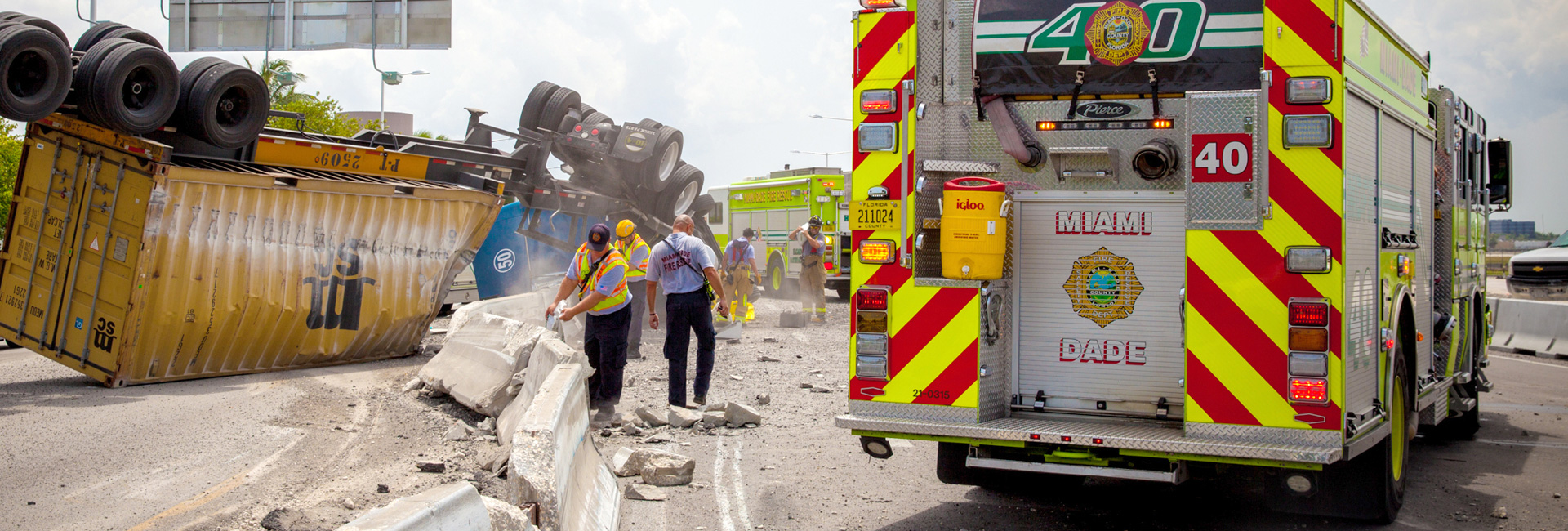Safety Tips: Medical Emergencies
- Seasonal and Pandemic Flu
According to the Centers for Disease Control (CDC), every year in the U.S. an average of 200,000 people are hospitalized for flu, and nearly 36,000 people die from flu or flu-related complications. - Cardio-Pulmonary Resuscitation (CPR)
CPR stands for Cardio-Pulmonary Resuscitation and whether you prefer the three-letter term or the full word version, it means the same thing: a chance for survival. - Snakes and Snake Bites
Familiarize yourself with what to do (and not do) during an unexpected snake encounter. - Biological Threat
A biological attack is the deliberate release of germs or other biological substances that can make you sick. - Poisoning
Millions of people, mostly young children, are unintentionally poisoned every year. A poison is defined as any substance that can cause unintended symptoms or harmful effects. - Cardiac Emergencies and Defibrillators
Defibrillation works by sending an electrical shock through the heart muscle in an attempt to reset the heartbeat. - Burns & Scalds
There will always be some accidents that can't possibly be predicted, but for the most part, minor burns and scalds are the result of actions or behaviors that were unsafe from the beginning. - Bleeding Emergencies
Serious injuries don't always bleed heavily, and some relatively minor injuries can bleed profusely. - Head & Facial Injuries on a Child
Head injuries can be tricky, especially for young children who are unable to express themselves.

Fire Rescue
Raied "Ray" Jadallah
R. David Paulison Fire Rescue Headquarters
9300 NW 41st Street,
Miami, FL 33178-2414
786-331-5000
